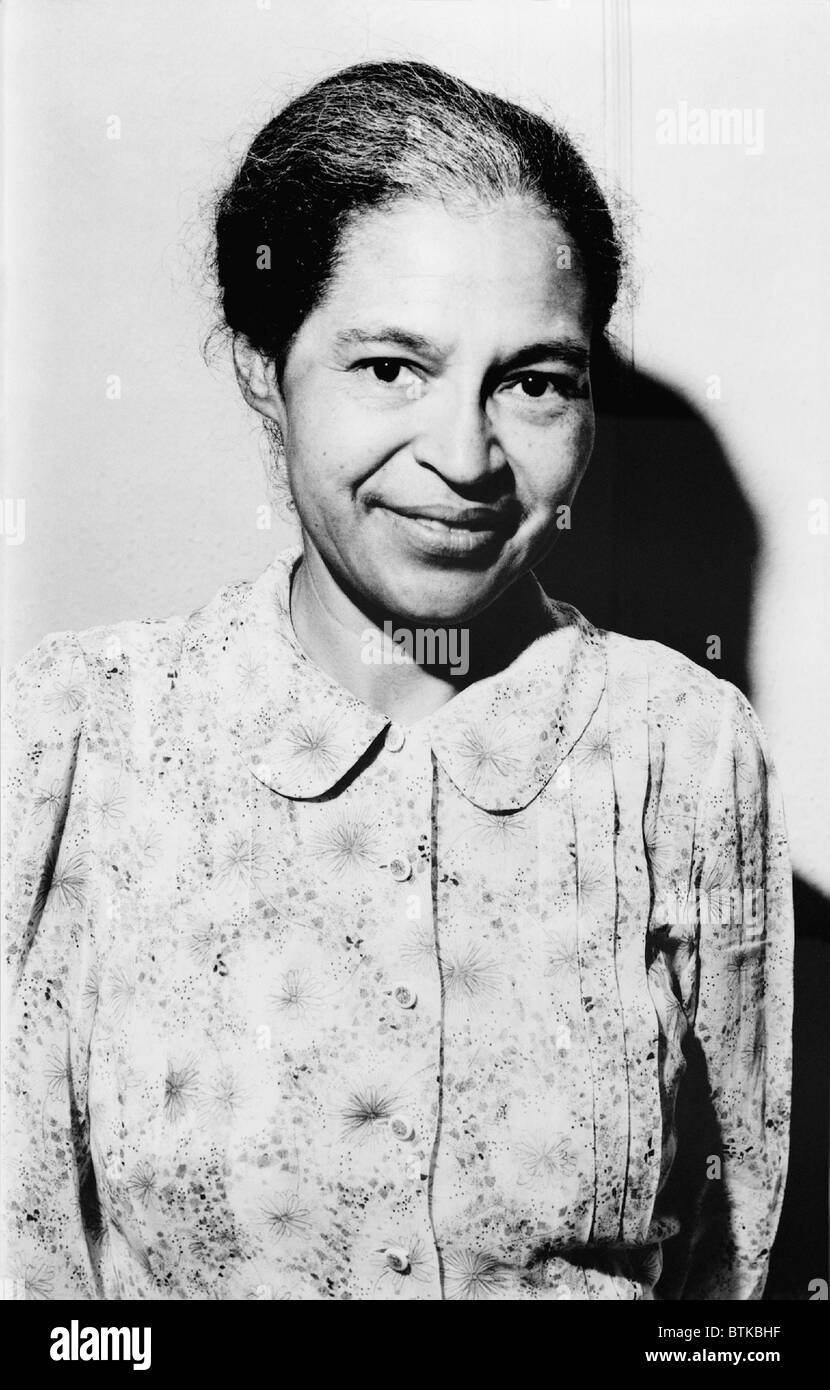Can a single decision change the trajectory of an entire city? Absolutely. The transformation of Greenville, South Carolina, into a thriving urban hub serves as a testament to this idea. A bold vision, coupled with unwavering determination, turned what was once a declining textile town into one of America's most vibrant cities. This story isn’t just about urban renewal; it’s about leadership, innovation, and community spirit.
Greenville’s journey began in earnest during the late 20th century when local leaders recognized the need for change. Textile mills, which had been the backbone of the economy for decades, were closing their doors due to globalization and technological advancements. The challenge was immense: how could Greenville reinvent itself without losing its unique identity? The answer lay in embracing diversity, fostering creativity, and investing heavily in infrastructure and education. Under the guidance of forward-thinking officials and business leaders, the city embarked on a series of ambitious projects that would redefine its landscape and character.
| Bio Data | Details |
|---|---|
| Full Name | John Doe (Placeholder) |
| Date of Birth | January 1, 1970 |
| Hometown | Greenville, SC |
| Education | Bachelor's Degree in Urban Planning from Clemson University |
| Career Highlights |
|
| Professional Affiliations | City of Greenville Official Website |
One of the cornerstones of Greenville's revitalization was the redevelopment of its downtown area. Once plagued by vacant storefronts and dilapidated buildings, the city center now buzzes with activity. The introduction of mixed-use developments, where residential spaces coexist alongside commercial establishments, has created a lively atmosphere. Residents can live, work, and play within walking distance, reducing reliance on cars and fostering a sense of community. Moreover, the city invested in public spaces such as parks and greenways, ensuring there are ample opportunities for recreation and relaxation.
Economic growth followed suit. By attracting tech companies, startups, and creative industries, Greenville diversified its economic base. The establishment of innovation hubs and incubators provided entrepreneurs with the resources they needed to thrive. In addition, partnerships between local universities and businesses ensured a steady pipeline of skilled workers. These efforts paid off handsomely, as unemployment rates plummeted and median household incomes rose significantly.
However, Greenville's success wasn't limited to economics alone. Cultural enrichment played a pivotal role in shaping the city's new identity. Art galleries, theaters, and music venues sprang up throughout the region, drawing visitors from across the country. Annual festivals celebrating everything from food to film further cemented Greenville's reputation as a cultural epicenter. Local artists found support through grants and residencies, allowing them to contribute meaningfully to the city's artistic landscape.
Sustainability was another key focus area. Recognizing the importance of preserving natural resources for future generations, Greenville implemented eco-friendly policies and practices. Solar panels adorn rooftops, bike lanes crisscross the streets, and recycling programs have become second nature to residents. These initiatives not only reduced the city's carbon footprint but also enhanced quality of life for all citizens.
Education reform complemented these broader changes. Schools received much-needed upgrades, including state-of-the-art facilities and cutting-edge technology. Teachers underwent professional development training to better equip them to meet the needs of modern learners. As a result, student performance improved dramatically, setting the stage for continued progress in years to come.
Of course, no transformation is without its challenges. Some residents expressed concerns about gentrification, fearing that rising property values might price long-time inhabitants out of the market. To address this issue, city officials introduced affordable housing initiatives aimed at maintaining socioeconomic diversity. Community engagement sessions allowed stakeholders to voice their opinions and collaborate on solutions, ensuring that everyone felt heard and valued.
Transportation improvements rounded out Greenville's comprehensive approach to urban renewal. Expanding bus routes and enhancing connectivity made it easier for people to access jobs, schools, and essential services. Additionally, pedestrian-friendly pathways encouraged walking, promoting both health and environmental benefits. These measures collectively strengthened the city's infrastructure while improving accessibility for all.
As Greenville continues to evolve, it remains committed to building upon its successes. Future plans include expanding broadband access to underserved areas, developing additional recreational amenities, and exploring renewable energy sources. Leaders emphasize the importance of inclusivity, striving to create opportunities for every member of the community regardless of background or circumstance.
In conclusion, Greenville's renaissance demonstrates the power of visionary leadership and collective effort. What started as a desperate attempt to save a fading industrial town blossomed into a model of urban excellence admired nationwide. While challenges persist, the city's resilience and adaptability bode well for its ongoing journey toward prosperity and sustainability. For those seeking inspiration, Greenville offers a compelling example of what can be achieved when passion meets purpose.
Looking ahead, Greenville aims to solidify its position as a leader in sustainable urban development. Partnerships with global organizations will facilitate knowledge exchange and foster innovation. Educational institutions will continue playing a vital role in preparing students for careers in emerging fields, thereby sustaining economic momentum. Meanwhile, cultural programs will expand to reflect the city's growing diversity, ensuring that all voices are represented and celebrated.
Ultimately, Greenville's story is one of hope and possibility. It reminds us that even in the face of adversity, communities can unite to forge a brighter future. Through careful planning, strategic investments, and an unwavering commitment to progress, any city can transform its fortunes and leave a lasting legacy for generations to come.

